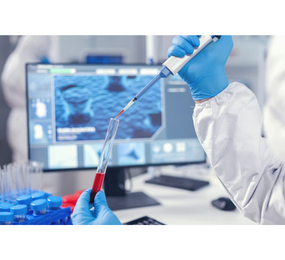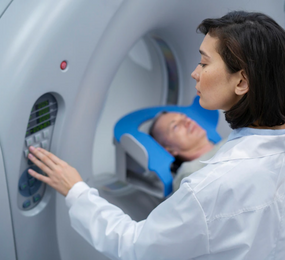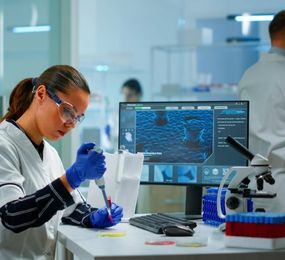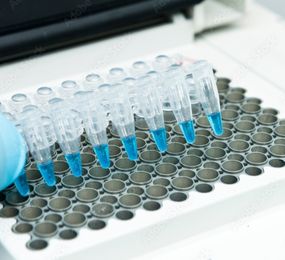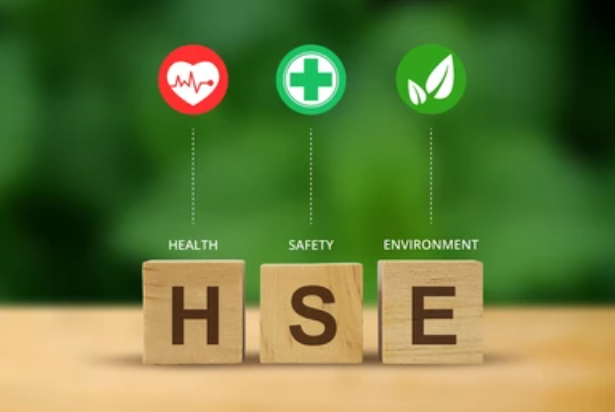The biomanufacturing industry is constantly pushing boundaries, and developing innovative products and processes. However, these advancements need to be balanced with robust regulations that ensure patient safety, product quality, and environmental responsibility. Here's a look at some of the latest regulatory developments shaping the biomanufacturing landscape:
Focus on Advanced Therapies: Regulatory bodies like the US Food and Drug Administration (FDA) and the European Medicines Agency (EMA) are actively developing guidelines for emerging areas like cell and gene therapy, and personalized medicine. These guidelines aim to provide clarity on the development, manufacturing, and clinical testing of these advanced therapies.
Harmonization Efforts: Recognizing the global nature of biomanufacturing, international regulatory bodies like the International Council for Harmonisation of Technical Requirements for Pharmaceuticals for Human Use (ICH) are working towards harmonizing guidelines across different regions. This can streamline the approval process for manufactured products and facilitate global market access.
Emphasis on Quality Management: Regulatory agencies are placing increasing emphasis on robust quality management systems (QMS) for biomanufacturers. This includes stringent requirements for risk management, data integrity, and process validation. Implementing robust QMS not only ensures product quality but also demonstrates compliance with regulations.
Evolving Regulatory Landscape for Biosimilars: As biosimilar development expands, regulatory bodies are refining guidelines to ensure these products are highly similar to their reference biologics in terms of safety, purity, and potency.
Focus on Environmental Considerations: With sustainability gaining traction, regulations may increasingly address the environmental impact of biomanufacturing processes. This could include mandating the use of renewable feedstocks and minimizing waste generation.
Implications for Biomanufacturers:
Staying informed about these regulatory developments is crucial for biomanufacturers. Here's how to adapt:
-
Proactive Engagement: Actively engage with regulatory agencies by participating in public consultations and workshops.
-
Invest in Compliance: Allocate resources to ensure your processes and products meet evolving regulations.
-
Embrace Innovation: Continuously evaluate and implement new technologies and processes that enhance safety, quality, and sustainability.
The regulatory landscape for biomanufacturing is dynamic and constantly evolving. By staying informed and adapting to these changes, biomanufacturers can ensure their products reach patients safely and efficiently while contributing to a sustainable future for the industry.
To register or learn more about the Forum please check here: https://bit.ly/4aVXy5n.
For more information and group participation, contact us: [email protected]




